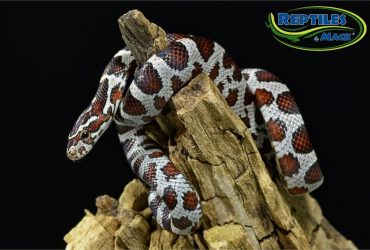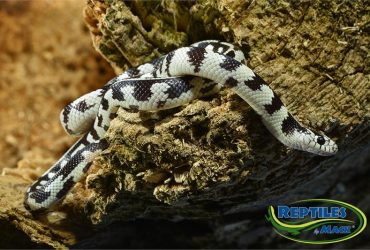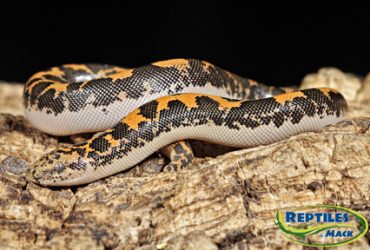Ball Python Care Sheet
Scientific Name: Python regius
Native to: West Africa
Maximum Length: 3-5 feet
Life Span: 15-20 years
Characteristics:
Because of their small size, docile nature, and varying colors and patterns, Ball Pythons are one of the most popular pet snakes. Ball Pythons are named for their habit of curling up in a tight ball with their head in the center when they are nervous. These snakes are very active at night and will sleep and hide a lot during the day.
Care tips:
Enclosure: Baby Ball Pythons can be housed in a 20 gallon terrarium. As they get older, a bigger terrarium
will be needed. Make sure the terrarium is big enough for the python to exercise. Provide plenty of
ventilation and a secure hiding place. Pythons love to climb and are great escape artists.
Substrate: Most Ball Python keepers use aspen shavings or Sani-chips as a substrate. Some use paper towel,
especially for babies. Do not use cedar shavings or bark chips. They are toxic to reptiles.
Habitat: Provide a hiding area that is big enough for your python to fit snugly into. Provide sturdy branches
for climbing.
Temperature and Lighting: Temperatures in a Ball Python enclosure should be up to 95° F on the warm end
and the cool end should be around 78° F. An under tank heater can be used as the primary heat source. Ball
Pythons need 8-12 hours of light a day. Keep humidity between 40 – 60%. Do not leave white light on during
the night. Instead, use a red light.
Food and Water: It might take your new Ball Python a little bit of time to adjust to its new surroundings. Avoid handling your Ball Python until it has eaten on its own a couple of times. In the beginning some Ball Pythons can be stubborn eaters. It is best if you feed your Ball Python at night. Baby Ball Pythons eat fuzzy mice once a week. You can increase the size of the food as the snake grows. Adult snakes should be fed every two weeks. Frozen/thawed rodents, such as Mack’s Natural Reptile Food Frozen Rodents, are always best because live rodents may harm your ball python. If you do feed it live food be careful as live food might fight back and bite or injure your python. Provide a bowl of chlorine-free water large enough for the python to soak in. Empty, clean, and refill the dish when it is dirty.
To download or print this care sheet – Click link: Ball Python Care Sheet
[metaslider id=2312]
Comments 2
Leave a Reply
You must be logged in to post a comment.





Are the available and if they are how much are they
Hi Tiyana, we dont sell directly to the public anymore. Sorry.